Henri Rousseau
1844-1910 France/Naive
Click an Image to Enlarge
On the Edge
of the Forest

The
Customs Post

The Luxembourg
Gardens-

The Representatives
of Foreign Powers-
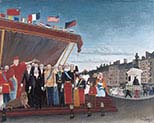
The
Artillerymen

Boy on
the Rocks

Surprised!

Le Chat
Tigre

A Carnival
Evening

The
Dream

Man
and Cat

Pere
Juniet's Cart
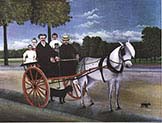
Zeplin
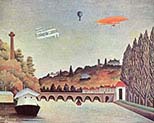
Myself

War
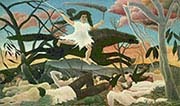
Football
Players

The Snake
Charmer

The Sleeping
Gypsy
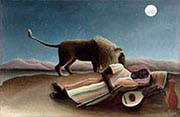
Notre
Dame
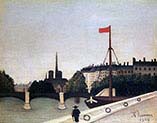
The
Hungry Lion

The
Flamingos

Bad
Surprise

Attacked
by a Tiger-

Bouquet
of Flowers

Clemence

Malakoff

Exotic
Landscape

The
Chicken Pen

Struggle between
Tiger and Bull
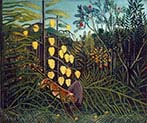
Fight Between a
Tiger and a Buffalo

The Centennial of
Independence
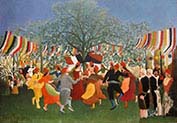
In Celebration
of the Child

Joseph
Brummer

The
Mill

Woman
Walking-

The
Moulin d'Alfort

The
Pasture
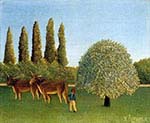
Equatorial
Jungle

The
Repast
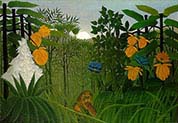
The
Quai d'Ivry
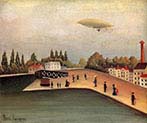
The Artist's Second
Wife with a Lamp

Self-portrait
with a Lamp
